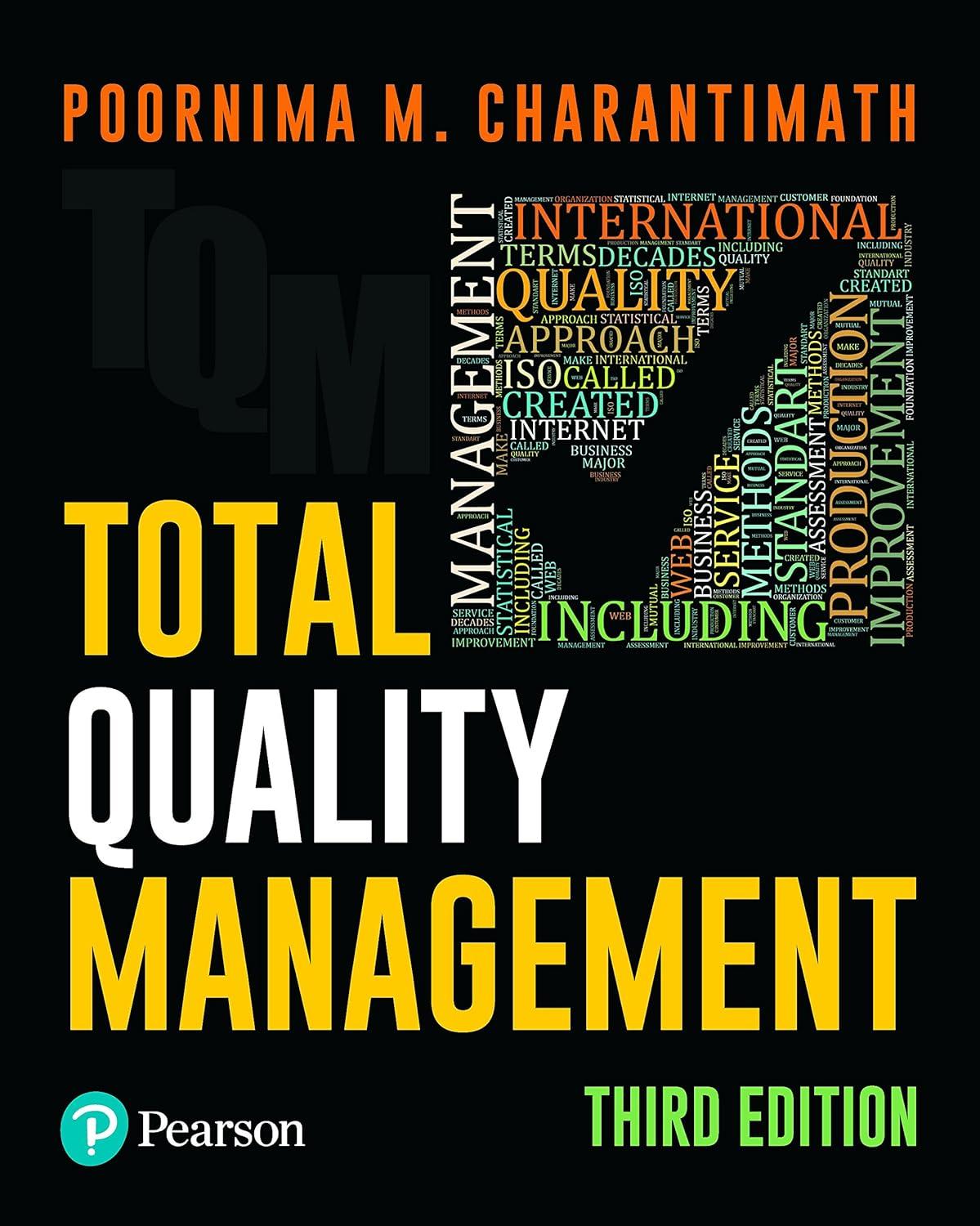Escorts Limiteds Agri Machinery Group (EL-AMG) manufactures agricultural machinery and was set up in 1960. It accounts
Question:
Escorts Limited’s Agri Machinery Group (EL-AMG) manufactures agricultural machinery and was set up in 1960. It accounts for almost two-thirds of the company’s revenues. It has four manufacturing plants in Faridabad and manufactures three lines of tractors and imports and sells different farm equipment. The use of ERP plays a crucial role in the business operations of this manufacturing company.
EL-AMG had already implemented ERP systems from Avalon. However, the implementation was not successful. The company was unable to draw a future roadmap and upgrade its technology. Avalon also closed down its operations in India. EL-AMG was forced to look for an alternative enterprise applications vendor for its business. It zeroed in on Oracle 11i suite of products. The ERP solutions offered by Oracle enabled EL-AMG to make better and more informed decisions and enjoy bug-free software performance.
Challenges
In spite of using ERP solutions offered by Avalon, the company could not offer e-commerce and other Web initiatives because the ERP offered by Avalon could not be Web-enabled. This was obstructing the future growth of the company. Since Avalon had stopped operations in India, there was no possibility of further upgrades. It was also very difficult to incorporate frequent changes in the application because the product had inadequate documentation.
The Avalon software was plagued with software bugs, which could not be resolved due to the lack of proper documentation. The central systems department that took charge of applications maintenance spent most of its time tackling these bugs. A huge backlog of work also was created because users were not able to run queries on their own. The central systems department was responsible for running queires and generating reports. This created a huge backlog of work.
The group wanted an end-user-driven system that would empower the users and allow them to run their own queries, thus reducing the burden on the systems department. They decided to implement a new ERP system, which could take care of the future growth strategies of the company and provide the much needed functionalities.
Selecting and Implementing the ERP System
In early 2001, EL-AMG chose Oracle as the vendor keeping in mind the re-engineer’s functional and technical requirements. The ERP project was named Pragati. The project was completed in an elaborate and phased manner to ensure efficiency. A lot of time was invested in planning and deciding upon the right software. Three ground rules were laid down for all the vendors involved in the programme.
The vendor had to conduct a threemonth business BPR exercise at EL-AMG. The ERP vendor would be the technology implementation partner and handle the sole responsibility of the project. The ERP systems had to integrate seamlessly with the company’s legacy software systems. End users were also involved in the vendor selection process. A team of around 70 members with almost 80 per cent belonging to functional areas was organized. The rest were from the IT department.
Each member of the team gave ratings to the vendor. Functionality, the ability to integrate third party software, the type of feedback from the existing user base (through visits to other companies ERP sites), presence in India, localization of modules, cost and the time taken to implement were some of the criteria used in the vendor selection process.
In March 2002, Oracle was chosen for the applications and Accenture was chosen to conduct the BPR exercise. The rollout of Oracle’s products began in March 2002. The company decided upon the big bang approach for implementation in its five locations. It went live on Oracle 11i in March 2003. The modules implemented were Oracle Financials, Oracle Discrete Manufacturing, Oracle Purchasing, Oracle Order Management, Oracle Workflow and Alerts, Financial Analyzer (OFA), Purchasing and Manufacturing Intelligence, Teleservice, iReceivables and Oracle Treasury.
The Company Network
The company network consists of 40 servers at its second plant in Faridabad. The servers range from NT, Windows 98, and Windows 2000 to Linux and Solaris.
A set of four HP servers (HP-Ux 11i) run the core Oracle application modules. These are connected to a SAN box. The other three plants and the R&D locations connect to these servers through 2 Mbps leased lines. The area offices are able to connect to the servers located in Plant 2 through a VPN provided by HCL Infinet using a PSTN dial-up.
BPR
“If one goes for an ERP without BPR, there is a chance the company will miss out on a lot of benefits of BPR,” said Mehta. The BPR exercise was closely aligned with the ERP implementation, ensuring that “best practices” were incorporated. Accenture was involved in defining the re-engineered processes and convincing the end users of the future benefits. Oracle’s role was to map the processes into their products. The processes involved in re-engineering included finance, procurement, materials, plant maintenance and quality assurance.
After BPR implementation, the company was able to create better workflow processes, easily generate MIS reports, enable bug-free performance of systems and ensure timely closing of accounting cycles. The new ERP system also brought down the value of inventory by around 30 per cent. There have been substantial savings in terms of inventory and manpower resources.
Discussion Questions
1. What were the challenges faced by the company despite using ERP?
2. What was the solution?
3. Comment on the statement “If one goes for an ERP without BPR, there is a chance that the company will miss out on a lot of benefits of BPR.”
4. What were the benefits of implementing ERP?
Step by Step Answer:






